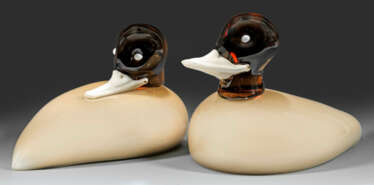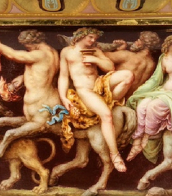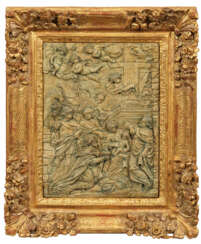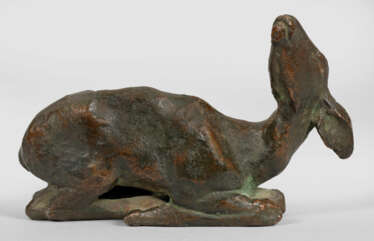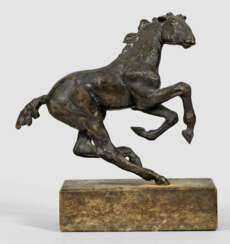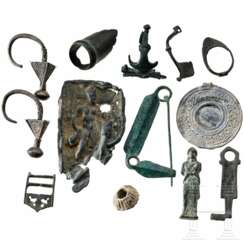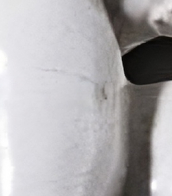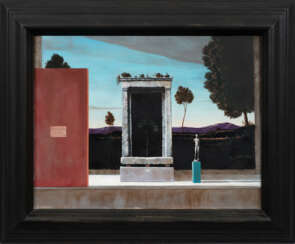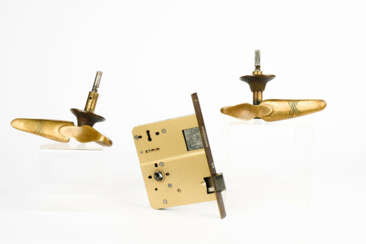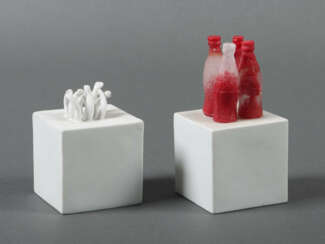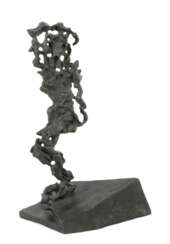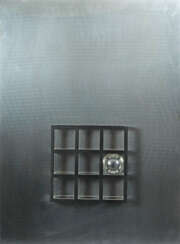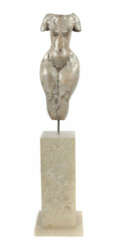50 Items by auctions and galleries:
moderne skulpturen
Lot 25 Ewald Mataré. Türklinke I
Ewald Wilhelm Mataré (1887 - 1965) 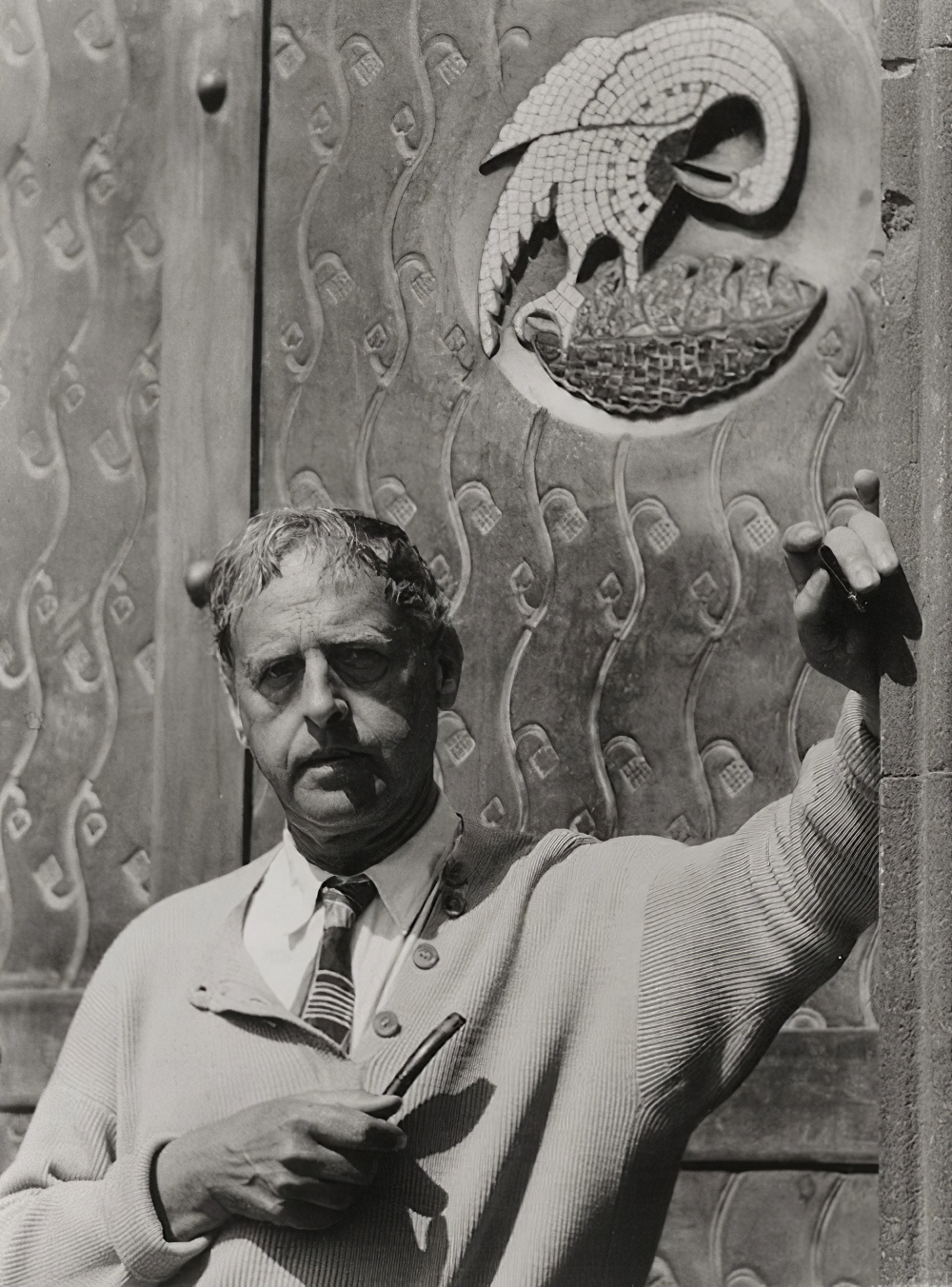 A1282: Galerie Thomas – Part II
A1282: Galerie Thomas – Part II 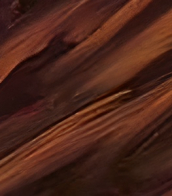

Ewald Wilhelm Mataré
25.02.1887 - 28.03.1965
Germany
Ewald Wilhelm Hubert Mataré was a German painter and sculptor, who dealt with, among other things, the figures of men and animals in a stylized form.

VAN HAM Kunstauktionen GmbH
A1282: Galerie Thomas – Part II
Date: 08.12.2025 17:00 UTC +01:00
Number of lots in the catalog: 146
